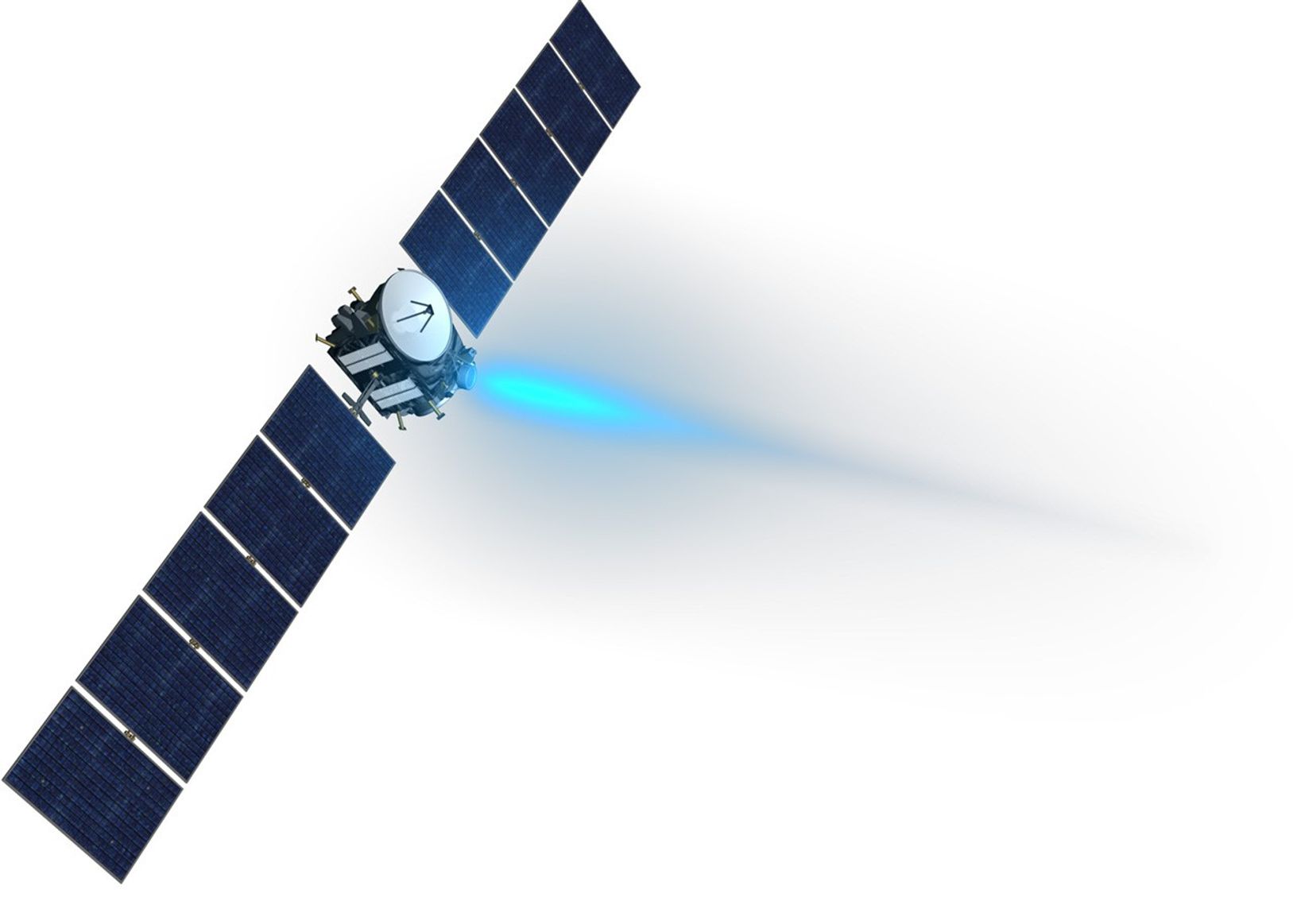Objectives
The top level question the mission addressed is the role of size and water in determining the evolution of the planets.
Ceres and Vesta were the right two bodies with which to address this question, as they are the most massive of the protoplanets—baby planets whose growth was interrupted by the formation of Jupiter. Ceres is very primitive and wet while Vesta is evolved and dry. The instrumentation flown was flight- proven and similar to that used for Mercury, Mars, the Moon, asteroid Eros and comets. The science team consisted of leading experts in the investigation of the rocky and icy planets using proven measurement and analysis techniques.
The three principal scientific drivers for the mission:
- Capture the earliest moments in the origin of the solar system enabling us to understand the conditions under which these objects formed.
- Determinesthe nature of the building blocks from which the terrestrial planets formed, improving our understanding of this formation.
- Contrast the formation and evolution of two small planets that followed very different evolutionary paths so that we understand what controls that evolution.
Dawn formed a bridge between the exploration of the rocky inner solar system and the icy outer solar system. It completed the first order exploration of the inner solar system, addressesd NASA's goal of understanding the origin and evolution of the solar system and complemented investigations of Mercury, Earth and Mars.
Type: Orbiter
Status: Mission Completed
Launch Date: Sept. 27, 2007 | 11:34 UTC
Launch Location: Cape Canaveral Air Force Station, Florida
Target: Vesta and Ceres
Destination: Vesta and Ceres
Mission Events
Sept. 27, 2007: Launch
Feb. 17, 2009: Mars Gravity Assist
July 16, 2011: Vesta Arrival
Sept. 5, 2017: Vesta Departure
March 5, 2015: Ceres Arrival
June 2016: End of prime mission
July 2016: Start of first extended mission
October 2017: Start of second extended mission
Nov. 1, 2018: End of Mission
































